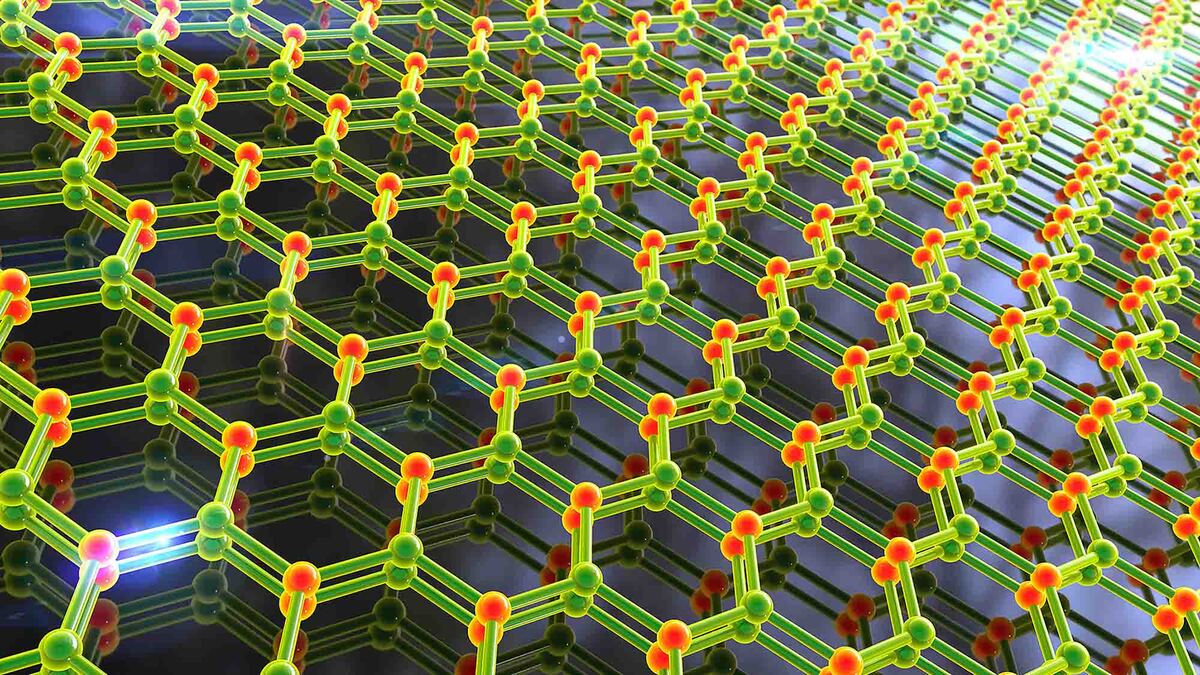Published:

A leading scientist at Heriot-Watt University has looked to nature for inspiration to assemble new quantum materials.
Professor Brian Gerardot, from the Institute of Photonics and Quantum Sciences based in Edinburgh, has been awarded around €2.9M from the European Research Council (ERC) for a prestigious Advanced Grant.
Over the next five years, Professor Gerardot will use the funding to research quantum materials assembled from individual sheets of atoms. When stacked in specific ways, in particular with a relative twist between the atomic sheets, strong interactions between particles such as electrons can arise.
We want to pioneer ‘smart' pick-and-place assembly to realise scalable 2D quantum materials with reproducibility at the quantum level
Like dancers in a ballet, interacting particles can coordinate their movements in extraordinary ways. Strongly interacting electrons can waltz together to conjure strong magnetism, completely freeze in place to create insulators, or pair up and glide through a crystal without resistance in superconducting fashion. Unfortunately, the precise steps in the choreography of interacting particles are poorly understood and tricky to control, preventing their implementation in future technologies.
Professor Gerardot aims to engineer strongly correlated electron ‘dances' by precisely assembling designer quantum materials one sheet of atoms at a time. To achieve this, Gerardot's team will develop a technique inspired by nature, similar to how geckos can attach and detach themselves from a surface at will. This technique, combined with efficient computer vision and metrology during the assembly, will allow the production of designer quantum materials that can provide new understanding correlated electronic materials and new device functionality.
Professor Gerardot explains: “Two-dimensional materials can in principle be stacked in limitless ways to realise new quantum materials. However, assembling them with pristine atomic interfaces in a reproducible way is a huge challenge. We want to pioneer ‘smart' pick-and-place assembly to realise scalable 2D quantum materials with reproducibility at the quantum level.”
He continued: “Inspired by nature, this project aims to assemble the materials layer-by-layer using microfibril arrays, similar to what is found on gecko feet, to achieve reversable adhesion for pick-and-place of each layer.”
The ERC Advanced Grant funding is amongst the most respected and competitive EU funding schemes, providing researchers with the opportunity to pursue ambitious, curiosity-driven projects that could lead to major scientific breakthroughs. They are awarded to established, leading researchers with a proven track-record of significant research achievements over the past decade.
Professor Gerardot adds: "I am honoured to receive this prestigious award from the European Research Council, which will allow us to pursue a tantalising dream: to go beyond today's state of the art few-layer quantum systems and construct designer materials comprised of tens, hundreds, or even thousands of atomic layers, each precisely chosen and placed.”
The ERC received almost 1,650 applications, which were reviewed by panels of renowned researchers. Past recipients have included Nobel laureates and other leading scientists who have gone on to make major contributions to their respective fields.
Professor Steve McLaughlin, Deputy Principal of Research and Impact at Heriot-Watt University, said: “I am thrilled to congratulate our esteemed colleague on being selected for funding from the European Research Council to explore the fascinating world of quantum materials. This achievement is a testament to Professor Gerardot's dedication and expertise in the field, and we are excited to see where this research will lead us.
“The study of quantum materials is a rapidly developing area of research, with the potential to revolutionise how information is stored, processed, and transferred. New technologies which transmit energy without loss can even become possible with breakthroughs in this field, profoundly affecting society's prospects towards Net Zero.”